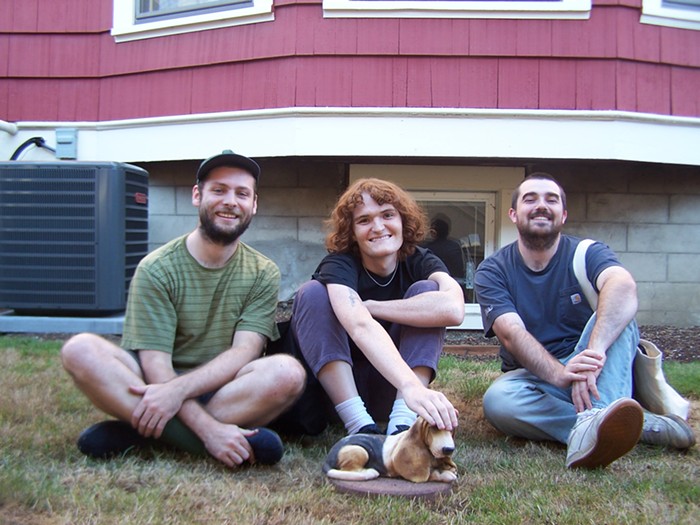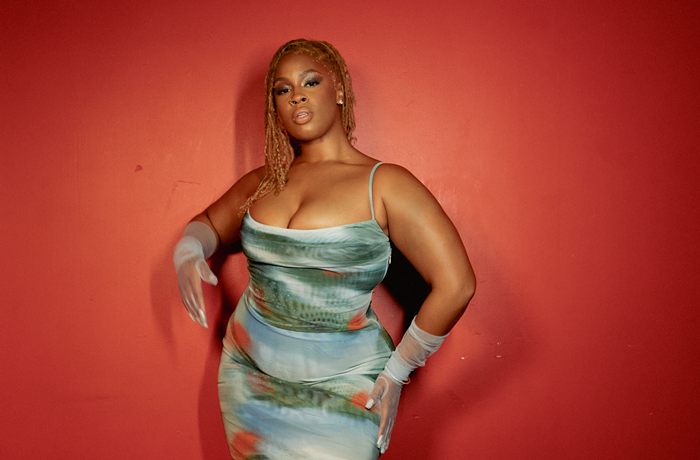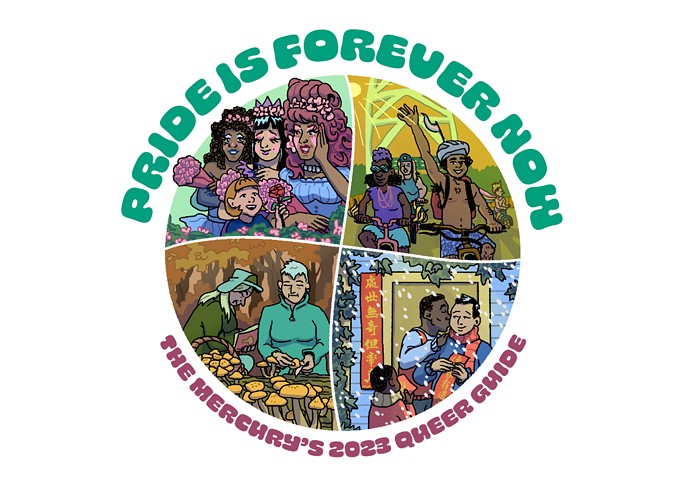
However, there are statements you can make about Abbey Road that don’t need qualifying. It is undoubtedly George Harrison’s finest hour with the Beatles, with him contributing the two best songs he’d write for the group (“Something” and “Here Comes the Sun”) and offering some of his most skillful guitar playing. It’s also Ringo Starr’s best moment, including the superior of his two self-penned Beatles songs (“Octopus’s Garden”) and the greatest drumming of his career, showcased most pointedly during the solo in “The End” but evident on nearly every track. And it was the high point for the Beatles as a vocal harmony ensemble: Their backing vocals throughout the entire album—take, for example, “Here Comes the Sun,” “Because,” “You Never Give Me Your Money,” and “Sun King,” to simply pick the first four songs on Side Two—are superlative, their voices blended into perfection.
The album, right down to its iconic cover art, is a great one, but it also comes across as an incredibly strange one, if there’s any way to approach it with fresh ears. (There really isn’t.) For instance, that long medley that closes the album may have been a devious way to dispose of half-written songs, but taken together they accumulate their own kind of power, a freight train of musical ideas hitting the listener at two or three times the speed of pop-song radio. The conceit shouldn’t work at all—but it does, brilliantly. And while Abbey Road doesn’t contain anything as confrontational as John Lennon’s “Revolution No. 9,” it does have his “I Want You (She’s So Heavy”), a nearly eight-minute workout based on a repetitive, grinding riff that gets swallowed by deafening white noise. Somehow this album has space for such an extreme, wild song to sit directly next to Ringo’s nice little number about an octopus. And there’s the group’s crowning achievement as a performing unit—“The End,” with Ringo’s drum solo and the triple guitar solos from the remaining three Beatles—one of their most magisterial moments, which is then immediately followed by Paul McCartney puncturing the mood (and getting the last word) with the utterly throwaway “Her Majesty.” It almost ruins the album. But it doesn't.
For Abbey Road’s 50th anniversary, several deluxe reissues have been prepared, all of them based around a newly mixed version of the album by producer George Martin’s son, Giles Martin. These follow the recent anniversary editions of Sgt. Pepper’s Lonely Hearts Club Band and the White Album, both of which were exemplary packages. The super deluxe edition of Abbey Road is, too, and Giles Martin’s new mix—fun and revealing, but not a replacement for the original—broadens and thickens the sound (already very good to begin with) and adds a bevy of outtakes and works-in-progress that show how these tracks came to life. The Super Deluxe Edition also includes a surround-sound mix in 5.1 and Dolby Atmos on Blu-ray, as well as a very nice 100-page book with essays and session information. Smaller editions, including a few different vinyl configurations, are also available.

Of the alternate takes, a few are surprisingly great, including “I Want You (She’s So Heavy)” featuring an epically lustrous Billy Preston organ solo, a more mellow, laid-back “Oh! Darling” that reveal the song’s birth as a doo-wop/R&B ballad pastiche, a “Sun King” that sounds like a cross between Pet Sounds and Fleetwood Mac’s “Albatross,” a Who-esque “Polythene Pam” (Lennon mentions the then-just-released Tommy by name during session chatter), a slightly peppier “Because” that suggests the arpeggio-laden nocturne could’ve been a rocker, and a downright wonderful “You Never Give Me Your Money” that features Harrison’s bellowing guitar solo and a longer jam at the end. Everything on the two discs is geared toward accessibility rather than historical minutiae, and while there’s probably more that could’ve been included for diehards, the package remains concise and listenable, providing an alternate Abbey Road without getting bogged down in the details.

At the time, the Beatles didn’t know it would be their swansong (they really didn’t, despite commonly held thought), but “The End”—and all of Abbey Road—works that way all the same. This was the biggest group of the 1960s, ending their decade with a statement that not only had each of them putting his best foot forward, but also proved that collectively, the band were as daffy, mercurial, poised, polished, insular, heavy, frivolous, and catchy as any band before or since. Abbey Road looks both toward the group’s past (their tightness as a musical unit, heard on “Come Together” and “The End”) as well as the unknown future (the dreamier quality of the ballads, and the unobtrusive Moog synthesizer that flickers in and out of certain songs). It was just a moment in time, but 50 years later, that moment still lingers. It sounds like it could continue forever. It probably will.



















